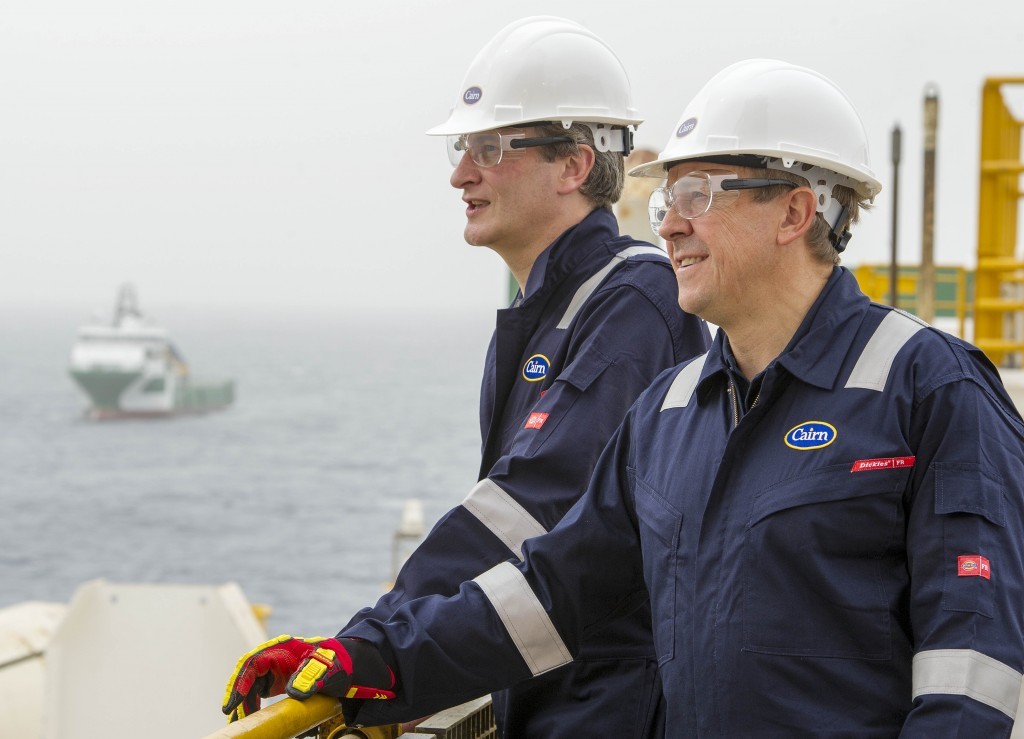
Developing the SNE field will require capital expenditure of around $4.2 billion, a presentation by Australia’s FAR has said, versus the previous projection of $3bn.
The cost increase has been driven by the decision to purchase a floating production, storage and offloading (FPSO) vessel rather than lease it. This has the impact of increasing capex while reducing opex, with a larger share of capex needed to be debt funded.
FAR said it was considering a number of options for funding its share of the development costs, which could include various debt options or a strategic equity placing at a company level or a “modest” share in its SNE stake.
A final investment decision (FID) is expected on the SNE field offshore Senegal in December, with first oil in late 2022.
The field was the largest conventional oil discovery in 2014 and capital expenditure for the first phase will be $4.2 billion. This will provide 100,000 barrels per day of oil and produce 230 million barrels. The second phase is intended to extend the production plateau, through the addition of 60,000-80,000 bpd from 253mn barrels of resources.
These two phases have a projected recovery rate of 13% of the stock tank oil in place figure. There is also a gas phase, which will tap 160mn barrels of oil equivalent.
Operational expenditure will be $11 per barrel, with an unlevered internal rate of return at more than 30%. FAR will receive 13,670 bpd net, with the company’s share of capex to first oil $478mn, spread fairly evenly over 2020-22.
“The joint venture will now progress the final submission of the development and exploitation plan for the SNE field to the Minister of Energy in Senegal and anticipate approval of the plan by presidential decree before the end of the year,” said FAR’s managing director Cath Norman. “The finalisation of the economics also allows the JV partners to conclude funding arrangements and FAR looks forward to updating shareholders in the coming weeks.”
The SNE field lies in water depths of 800 to 1,100 metres and is made up of two reservoirs, the S400 and S500. The first phase will tap the lower S500 reservoir, while the second will focus on the upper S400. There will be further appraisal drilling in 2021 on the FAN or SNE-North/Spica discoveries.
Australia’s Woodside Energy bought into the Senegalese licences in 2016, from ConocoPhillips, and has become the operator. Front-end engineering and design (FEED) work on the subsea was awarded to the Subsea Integration Alliance in 2018.
Woodside has awarded nine contracts to Halliburton during the third quarter for drilling and completion work on the first phase of the SNE field.
Seismic provider TGS began work on the Senegal Ultra-Deep 4D seismic shoot in September, in partnership with GeoPartners. The company carried out sea seep work on the broader MSGBC Basin during the recently ended quarter, in addition to the Jaan 3D 28,300 square km multi-client project in the southern part of the basin. Senegal is planning to launch a licence round in the near future.
